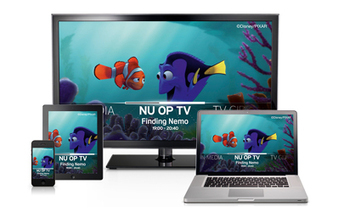How dynamic is MPEG-DASH Ecosystem after IBC 2013 ? Here is an analysis of the latest trends and an extensive industry DASH-compliant solutions directory.
While most of IBC’s buzz was generated by the shiny HEVC + 4K couple, it was a good occasion to stand back from the hype and measure how one of the most important video standards (at least for the OTT world) had spread over the industry since last year. MPEG-DASH is not sexy (let’s remember that it’s basically a collection of XML schemes), it’s a bit boring (as it’s usually demonstrated with the Big Buck Bunny that you saw not less than 2.000 times) and it’s complex – but once you go past those defaults, you might find that its potential to simplify your workflows and boost the profitability of your video service is high…
And that’s precisely what the industry has finally understood: video distributors want to streamline their workflows and save their storage budgets by reducing the number of output formats, they search for ways to build long term strategies with evolutive solutions – and all of this implies rolling away from proprietary ABR solutions like Smooth Streaming, HLS, HDS and the now defunct Widevine WVM proprietary packaging format (rest in peace), DASH’s first victim.



 Your new post is loading...
Your new post is loading...











